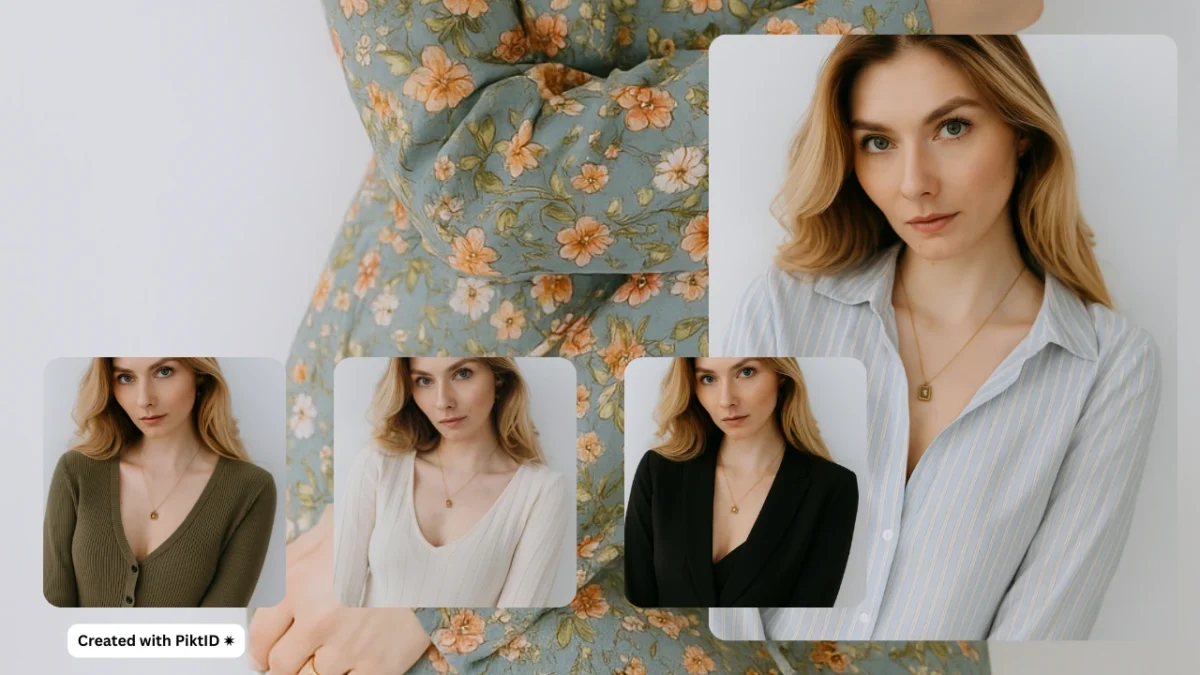1. Generating a New Look with AI
An AI Lookbook Model is a photo realistic, AI generated human model used to showcase clothing, accessories, and styled looks for digital catalogs, campaign assets, and social media. By specifying demographics, pose, expression, and outfit attributes, teams can produce a consistent set of model images on demand without casting, travel, or studio time. PiktID lets brands visualize garments on a range of bodies and looks quickly, which accelerates decision making in design, merchandising, and marketing.
Why this matters now:
- Speed: generate multiple model variations in minutes rather than scheduling weeks of production.
- Cost efficiency: eliminate many line-item costs (studio rent, travel, hourly rates) and reduce per image spend.
- Creative flexibility: test numerous colorways, fabrics, and styling combinations instantly.
For fashion brands and ecommerce teams, the ability to iterate fast is a competitive advantage. PiktID’s Generate Person tool is purpose-built for lookbook workflows: it produces lifelike models you can customize by region, body type, and facial attributes, and it preserves consistent lighting and perspective across a set of images. Visit the tool to explore options and start building a reproducible model library.
Read more about AI Clothing Model by PiktID
Key benefits at-a-glance:
- Produce consistent, brand aligned model imagery at scale.
- Lock model traits (seed + parameters) for repeatable campaigns.
- Remove logistical friction from seasonal drops and targeted regional collections.
2. Why Use AI Lookbook Models?
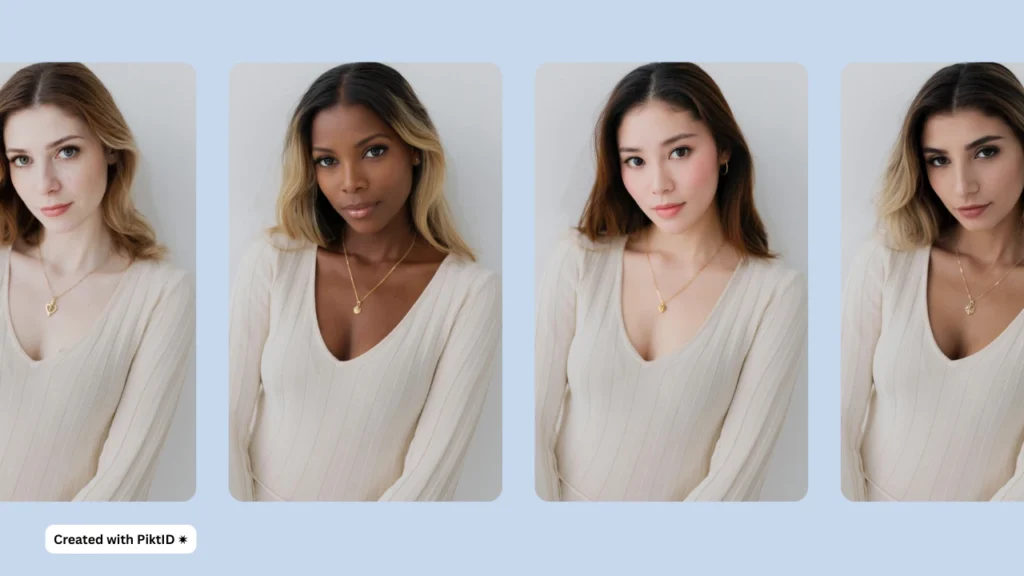
AI Lookbook Models solve persistent production bottle necks that make traditional photo shoots slow and expensive. A conventional shoot requires casting, fittings, location scouting, on set stylists, and post production — each step adds cost and time and multiplies coordination overhead. With AI driven models, teams replace much of that pipeline with prompt driven iteration and lightweight retouching.
Practical advantages:
- Time-to-market: produce hero images, catalog variants, and localized creatives in hours.
- Lower unit cost: reduce per image production spend and reallocate budget to media and distribution.
- Operational simplicity: fewer stakeholders, tighter revision loops, and faster approvals.
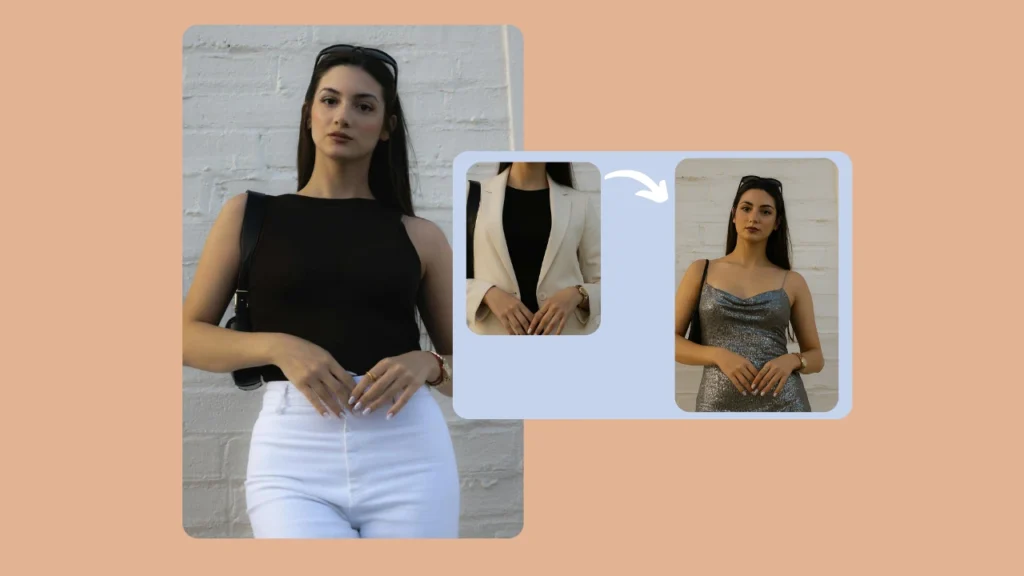
Who benefits most:
- Fashion designers testing seasonal concepts without committing to samples.
- E-commerce teams creating extensive colorway galleries and regionalized visuals.
- Influencers and small brands needing polished imagery without studio budgets.
- Marketing teams running rapid A/B tests on outfit combinations and hero creative.
Consistency and control:
- Maintain brand tone by locking model parameters (pose, gaze, skin tone, body proportion).
- Avoid reshoots: tweak eyes, face, clothing, or pose in the generator instead of reconvening a crew.
- Scale: generate an entire lookbook or produce multiple model types for inclusive marketing.
In short, AI Lookbook Models let you trade logistical complexity for creative speed while preserving high visual fidelity — an ideal fit for modern fashion and retail operations.
3. Key Features of PiktID’s Generate Person Tool
An AI Lookbook Model workflow requires control, consistency, and realism — PiktID’s Generate Person tool (https://studio.piktid.com/generate-person) delivers all three. Use it to produce campaign ready models or to modify people in existing images while preserving scene context.
What the tool offers (at a glance)
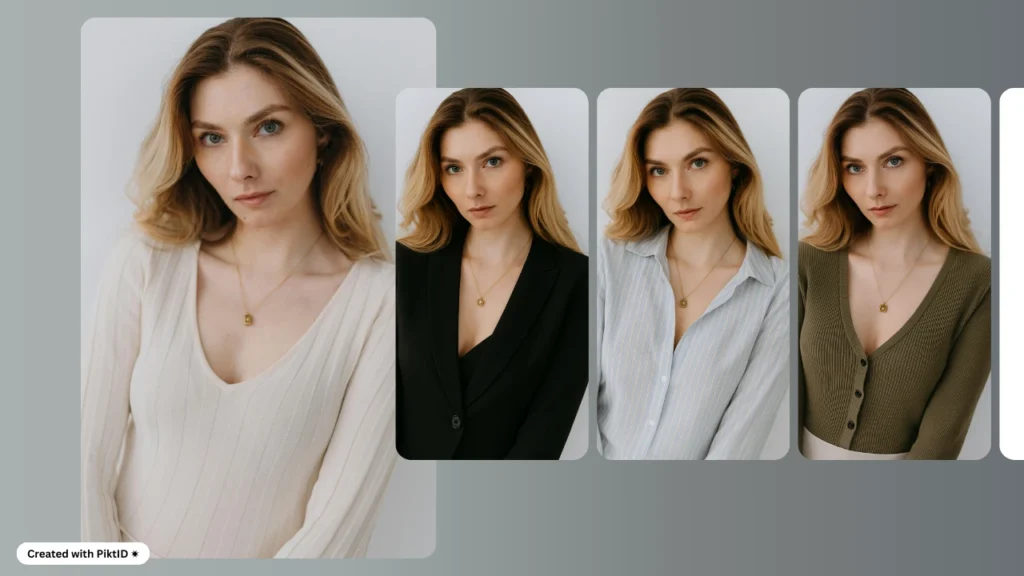
Dual input modes
Upload an existing photo to replace or enhance subjects.
Start from scratch and generate a fully synthetic model with region & trait controls.
Identity management
Replace, clone, or store identities for repeatable series (same model across multiple shots).
Advanced eye controls
Change eye color, shape, openness, and gaze direction while preserving corneal highlights and reflections.
Lighting and tone matching
Automatic scene aware blending keeps skin tones, shadows, and highlights consistent with the background.
Reproducibility & scale
Save seeds and presets to reproduce the same AI Lookbook Model across outfits, colorways, or market variants.
Production-ready exports
Full-resolution downloads and History tab for side by side comparisons; batch export support for lookbooks and catalogs.
Why this matters
- Faster creative cycles: iterate dozens of looks without new photo shoots.
- Brand consistency: maintain a single model style across campaigns.
- Higher quality: realistic eyes, hairlines, and lighting reduce post-editing time.
Additional Guide: AI Models for Clothing
4. Step-by-Step Guide to Creating an AI Lookbook Model
Follow this practical workflow to produce a polished AI Lookbook Model ready for catalog or social use.
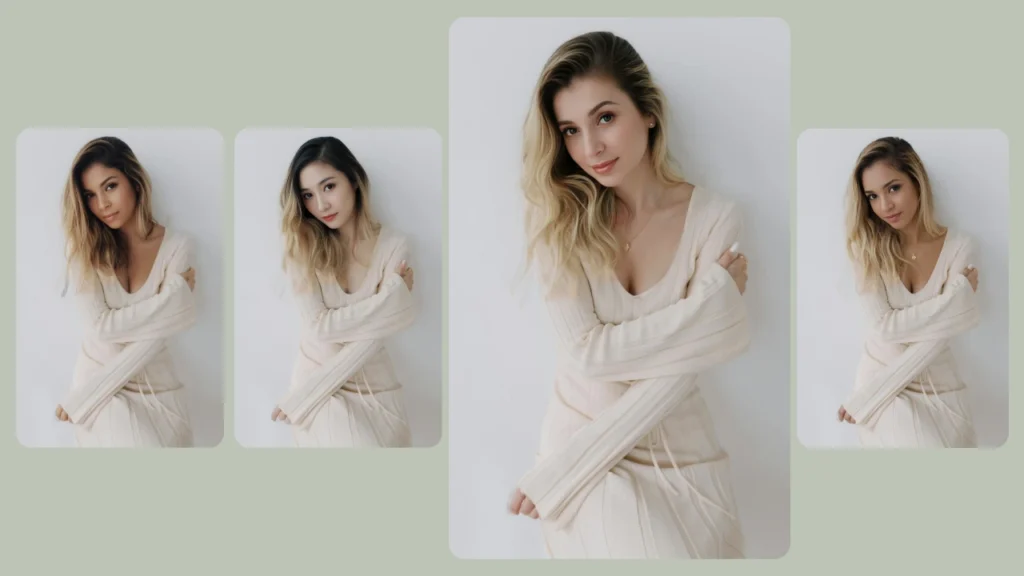
1st Step — Load an image (or start blank)
- Open Generate Person: https://studio.piktid.com/generate-person.
- Drag and drop a JPEG/PNG (recommended ≥1024×1024) or choose “Create new” to generate from prompts.
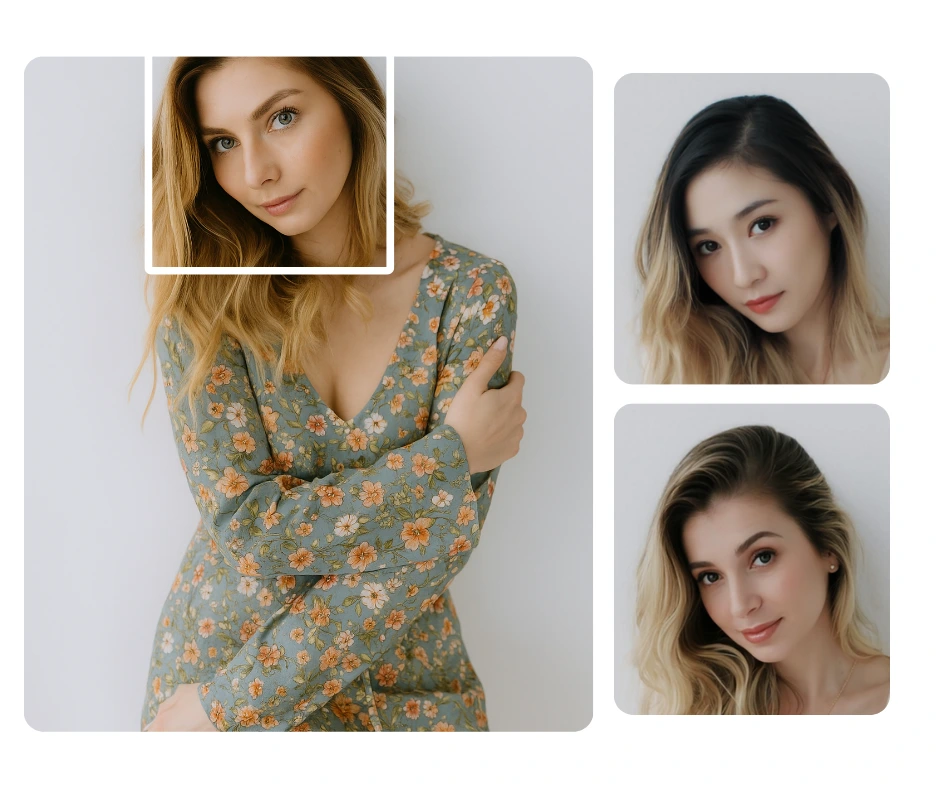
2nd Step — Pick a person
- If multiple faces are detected, click the face you want to edit.
- Lock selection in the right hand control panel and review detected landmarks.
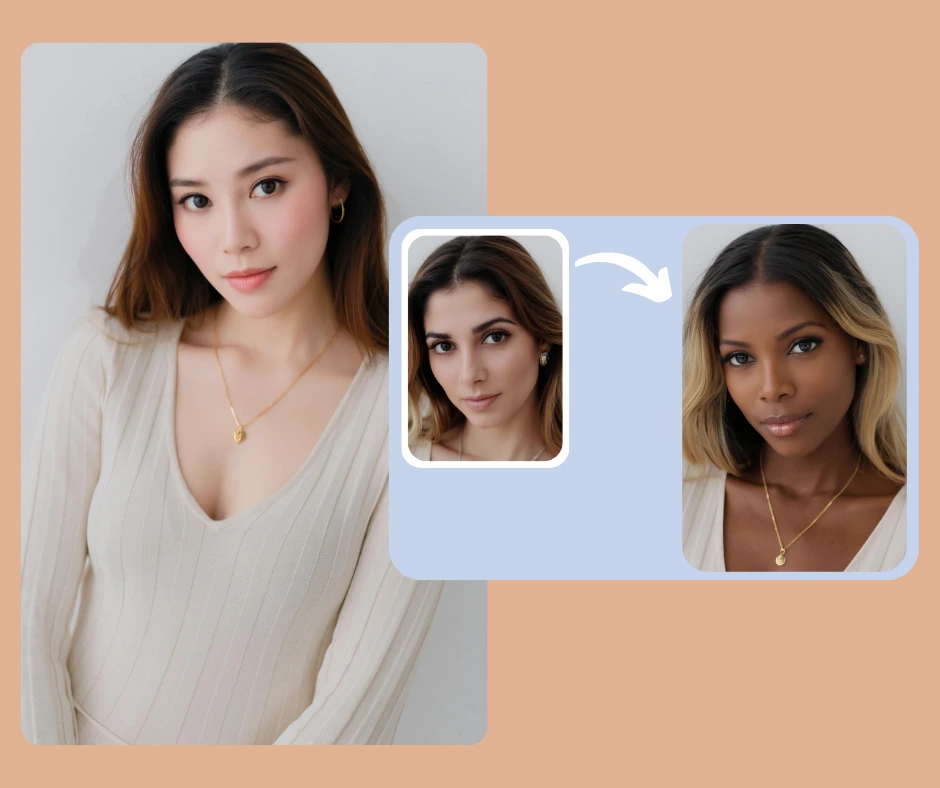
3rd Step — Customize eyes & facial features
- Set eye color (blue, green, hazel, brown).
- Adjust gaze direction and eye openness to match campaign tone (confident, candid, dreamy).
- Use the Mask Editor to limit edits to eyes, hair, or the full face.
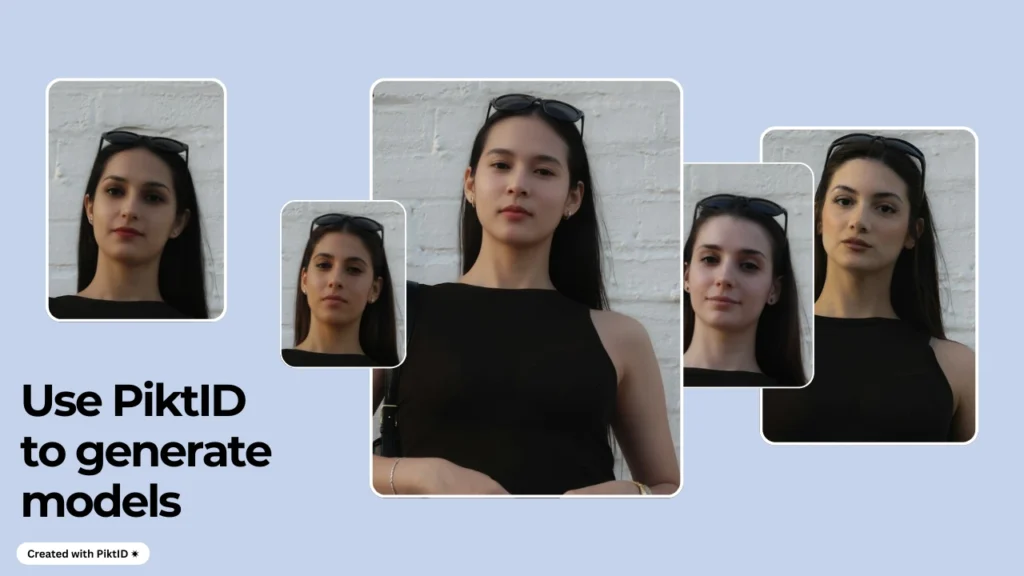
4th Step — Outfit, pose, and trait tuning
- For generated models: define region, age range, hairstyle, and clothing style.
- For swaps: enable hair blending (flag_hair) and fine tune similarity/strength sliders.
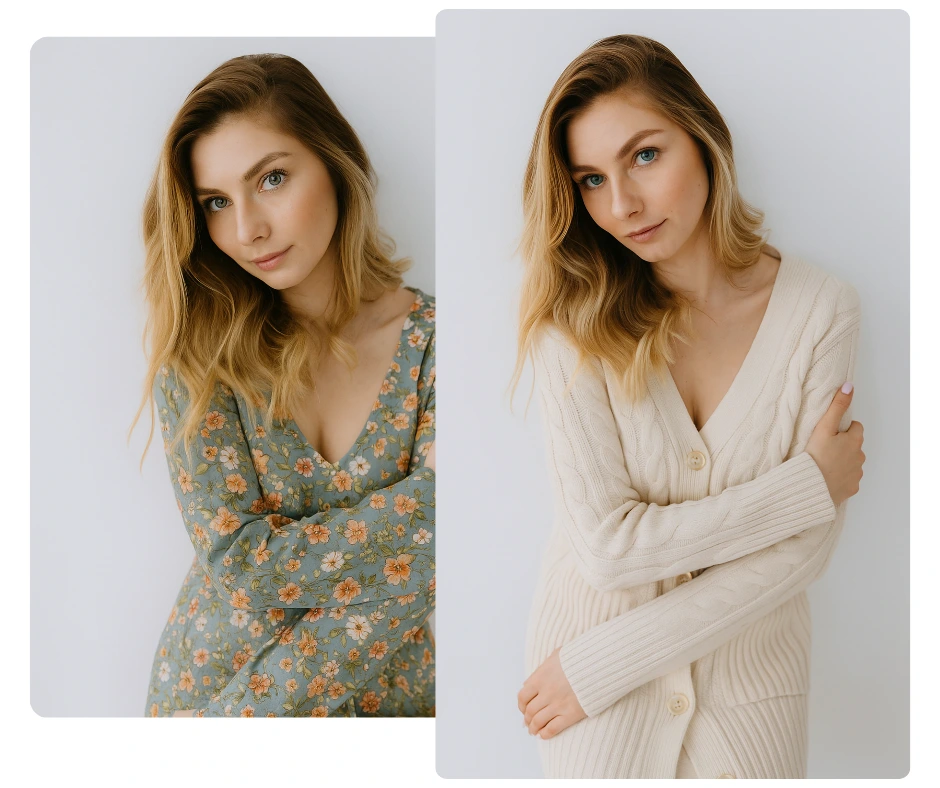
5th Step — Generate, review, iterate
- Click Generate and create multiple candidates.
- Use the History tab to compare variations side by side.
- Lock a seed to reproduce a winning AI Lookbook Model across color ways.
6th Step — Export and integrate
- Download full resolution images for look books or ecommerce.
- Save presets and meta data (seed, prompt, settings) for campaign reproducibility.
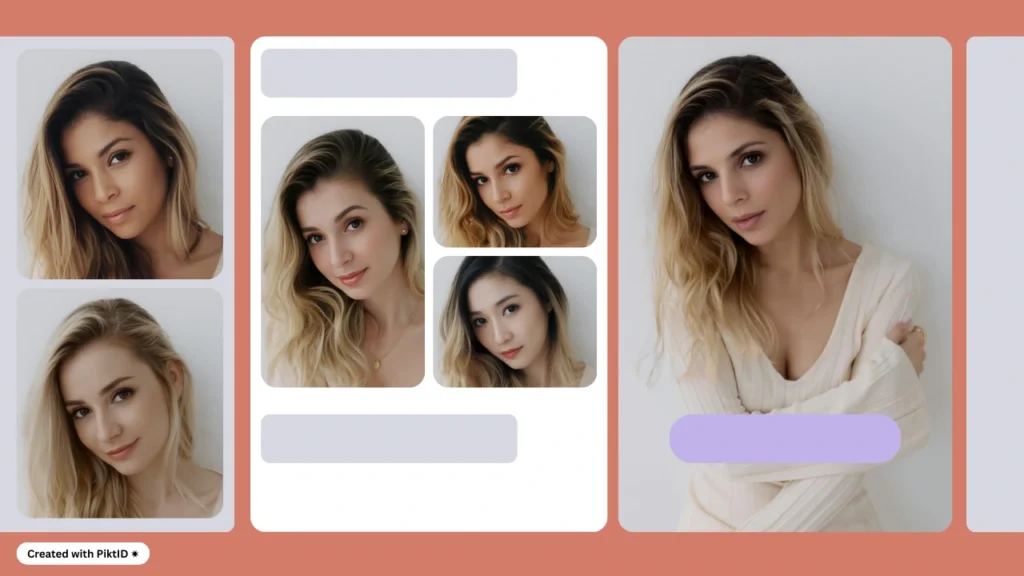
Quick checklist before publishing
- Confirm eye catchlights and shadows match the scene.
- Verify hairline integration and neck shading.
- Ensure model proportions remain natural across outfit changes.
This work flow delivers consistent, brand aligned AI Lookbook Models at scale — significantly reducing production time and cost while keeping image quality high.
You can read more about AI Generated Girl by PiktID
5. Benefits of Using AI Lookbook Models in Fashion

An AI Lookbook Model unlocks speed and scale for fashion teams while preserving creative control and visual fidelity. Rather than scheduling multiple shoots to test a handful of ideas, brands can iterate rapidly and produce publish ready imagery at a fraction of the time and cost.
Key benefits:
a. Faster campaign turnaround
- Generate, review, and finalize hero images or lookbook spreads in hours instead of days.
- Shorten creative cycles: concept → iterate → approve → publish.
b. Unlimited variations
- Produce multiple outfit colorways, alternate poses, and different hair/makeup looks from the same base model.
- Modify discrete attributes (eye color, expression, sleeve length) without repeating the entire workflow.
c. Scalability for large catalogs
- Spin up hundreds of consistent model images for seasonal collections or regionalized catalogs using saved seeds and prompt libraries.
- Automate batch generation to meet marketplace deadlines.
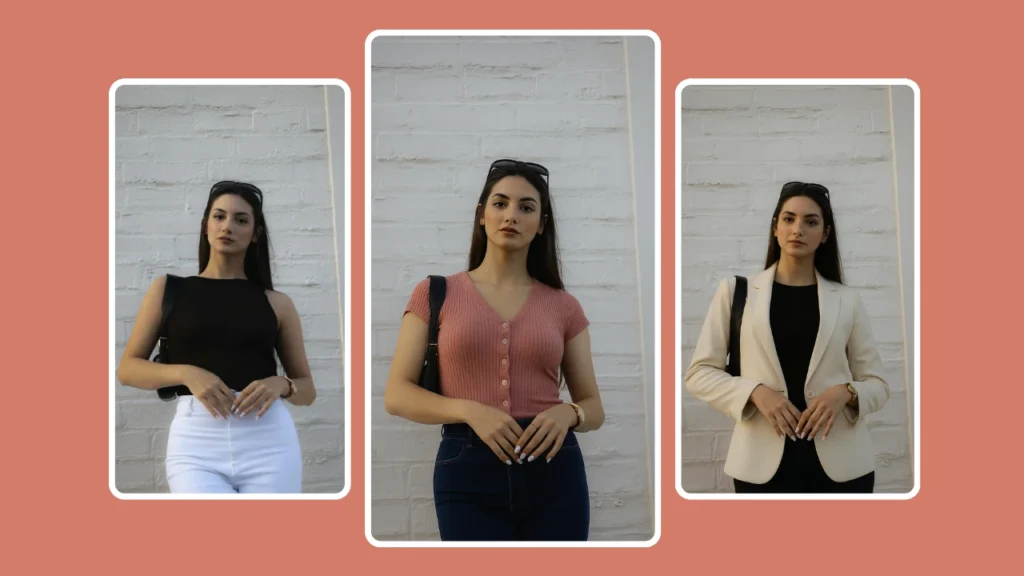
d. Reduced dependency on physical resources
- Minimize reliance on casting, studio time, travel, and re shoots.
- Lower production costs and logistical complexity, freeing teams to focus on strategy and creative direction.
e. Perfect for virtual try-ons and modern commerce
- Integrate generated assets into virtual try-on flows, lookbooks, and influencer style promotions to increase shopper confidence.
- Use consistent on model visuals to improve conversion and lower return rates.
These benefits make AI Lookbook Models especially attractive to direct to consumer brands, agile design teams, and marketing groups that need both speed and consistent quality at scale.
Read more about AI Generated Male Model for Marketing
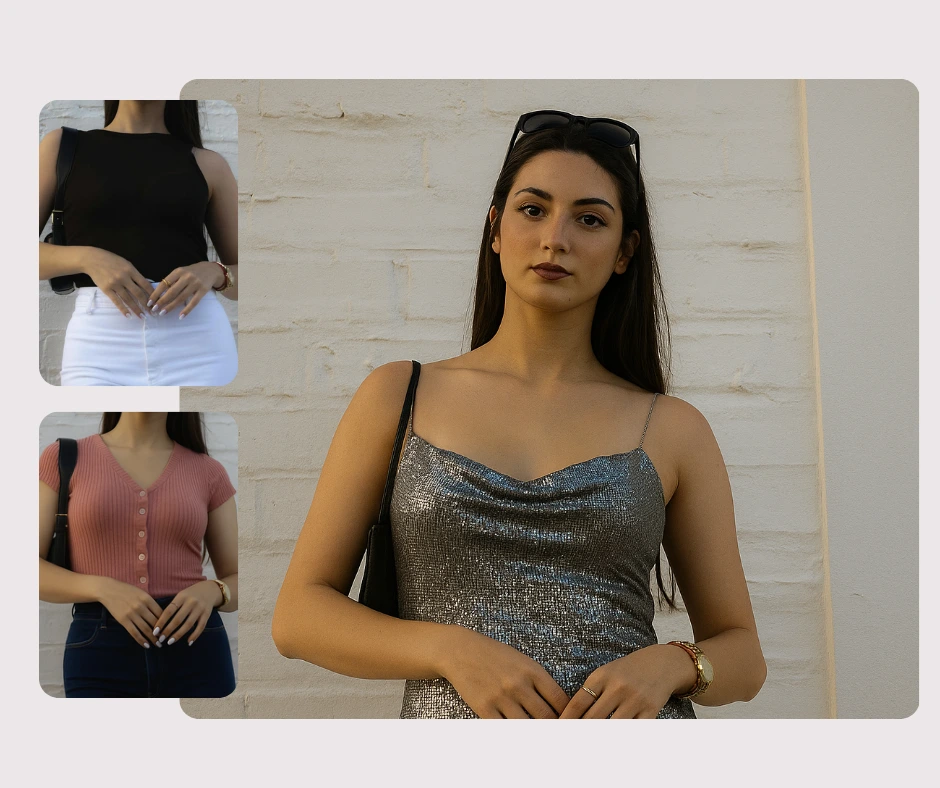
6. Real-World Applications
AI Lookbook Models are practical across the fashion value chain — from design concepting to marketing execution. Below are concrete use cases where synthetic models deliver measurable value.
Primary applications:
a. Fashion e-commerce
- Showcase complete product lines on consistent, brand aligned models.
- Create colorway galleries and product detail shots without additional photo shoots.
b. Design & sampling
- Rapidly test silhouettes, drape, and proportion on a range of body types before committing to physical samples.
- Iterate fabric and color choices in context to reduce costly pre production errors.
c. Influencers & creators
- Produce on brand campaign visuals or micro content that match an influencer’s aesthetic without scheduling a shoot.
- Generate personalized look books for affiliate marketing and social storytelling.
Did you know? You can learn how to create AI model girl using PiktID?
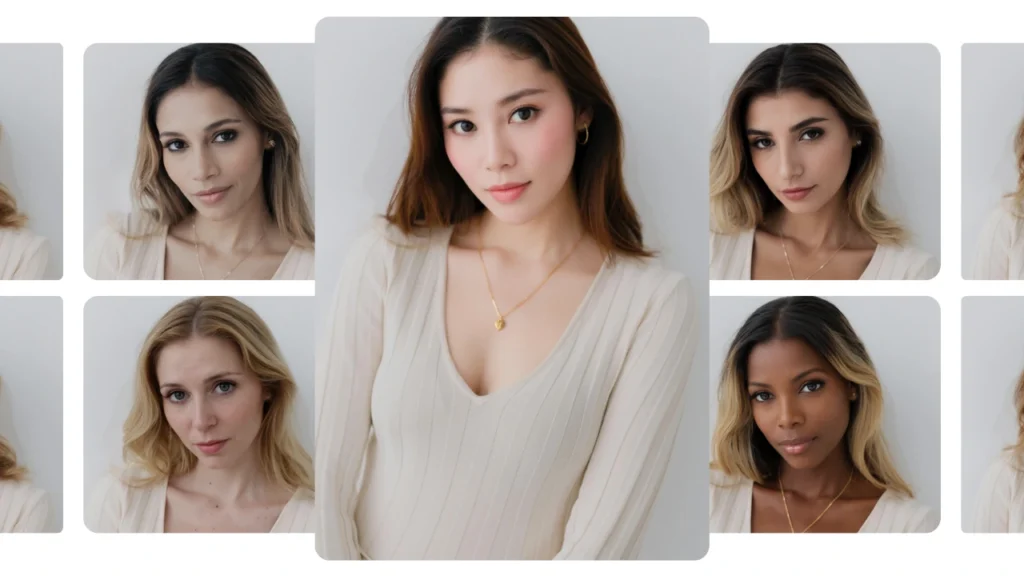
d. Advertising & targeted campaigns
- Build hyper targeted ads using diverse synthetic models that reflect regional demographics and style preferences.
- A/B test outfit combinations and creative treatments quickly to optimize ad spend.
e. Retail localization & seasonal launches
- Localize marketing creatives (models, poses, styling) for different markets without separate shoots.
- Scale up assets for holiday drops and rapid trend response merchandising.

Operational benefits across applications:
- Maintain visual consistency with reusable prompt and seed libraries.
- Speed up time to market while keeping production costs predictable.
- Improve conversion metrics by presenting polished, on model imagery that aligns with shopper expectations.
Used responsibly and with clear disclosure where required, AI Lookbook Models offer a practical, cost-effective way to modernize fashion production and marketing workflows.
Learn more about What is an AI model?
7. AI Lookbook Model by PiktID
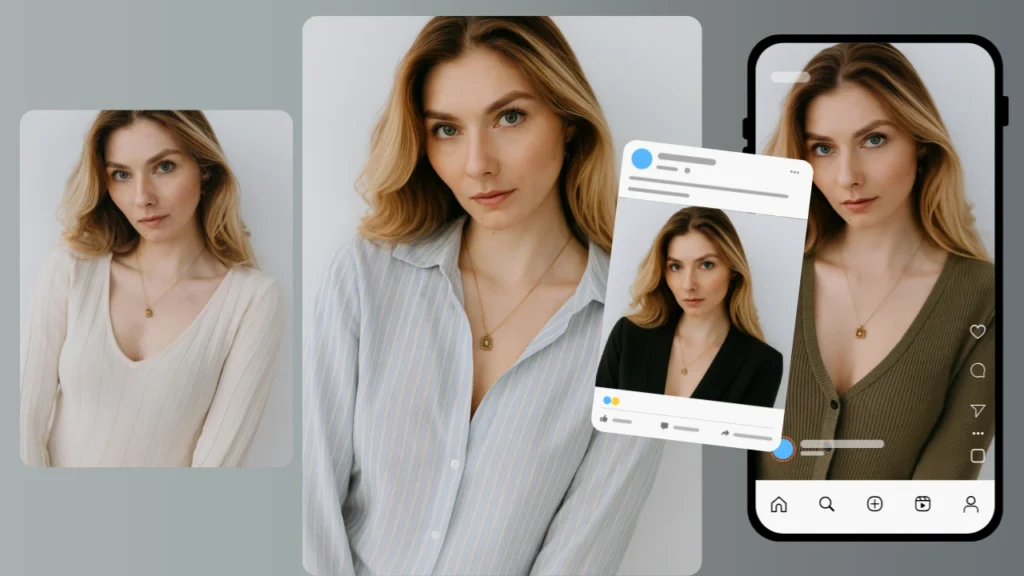
The adoption of an AI Lookbook Model is reshaping how fashion brands, ecommerce businesses, and creative agencies approach visual production. Instead of relying solely on expensive and time consuming photo shoots, companies now have access to high quality, AI models that can be styled, posed, and customized to match any campaign vision. This shift is not only lowering operational costs but also enabling faster experimentation with trends, styles, and brand narratives.
Key advantages of integrating an AI Lookbook Model into your workflow include:
- Cost-effectiveness: Eliminate traditional shoot logistics, travel, and casting expenses.
- Customization: Tailor models with different demographics, poses, and outfits to fit your campaign.
- Scalability: Generate hundreds of assets in hours, allowing brands to adapt quickly to new trends.
For teams looking to innovate while staying resource efficient, the AI Lookbook Model offers a future ready alternative that balances creativity with practicality. Try PiktID’s Generate Person tool today and create your first AI Lookbook Model to see how it can transform your fashion storytelling.
Additional Sources:
8. Frequently Asked Questions (FAQ)
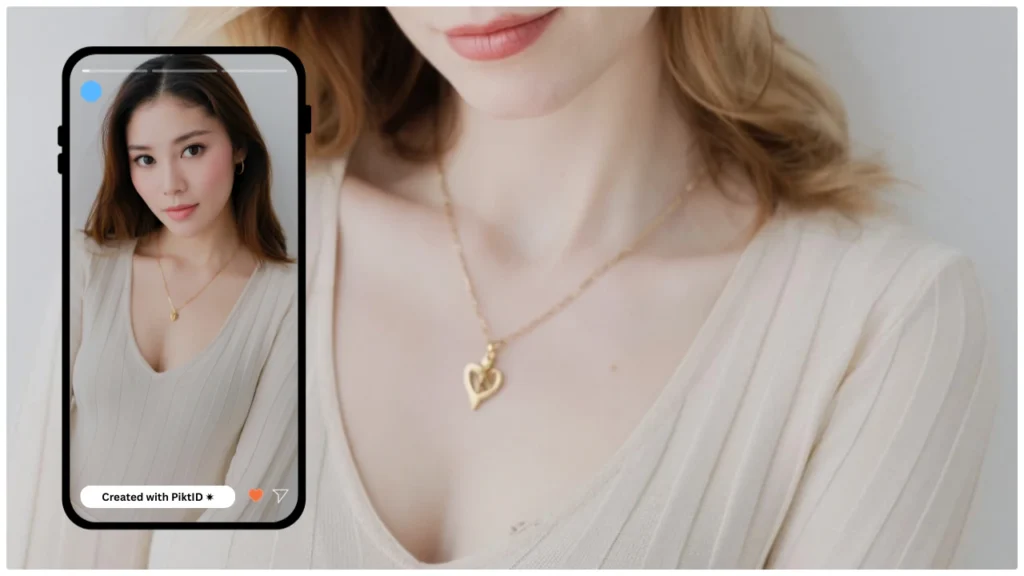
Q1: What is an AI Lookbook Model?
An AI Lookbook Model is a digitally generated human model used for fashion campaigns, online catalogs, and branding without the need for physical photo shoots.
Q2: Can I edit the eyes of the AI model?
Yes. With PiktID’s Generate Person tool, you can adjust eye color, gaze direction, and subtle expressions for complete creative control.
Q3: How realistic are the AI Lookbook Models?
They are highly realistic, preserving details such as lighting, skin tones, and natural depth, making them suitable for professional grade campaigns.
Q4: Can I use AI models for commercial purposes?
Absolutely. Businesses across fashion and e-commerce already use AI-generated lookbook models for marketing, catalogs, and digital campaigns.
Q5: Do I need design skills to use PiktID?
No. The workflow is beginner friendly, following a simple 3-step process: Upload → Pick → Generate.

